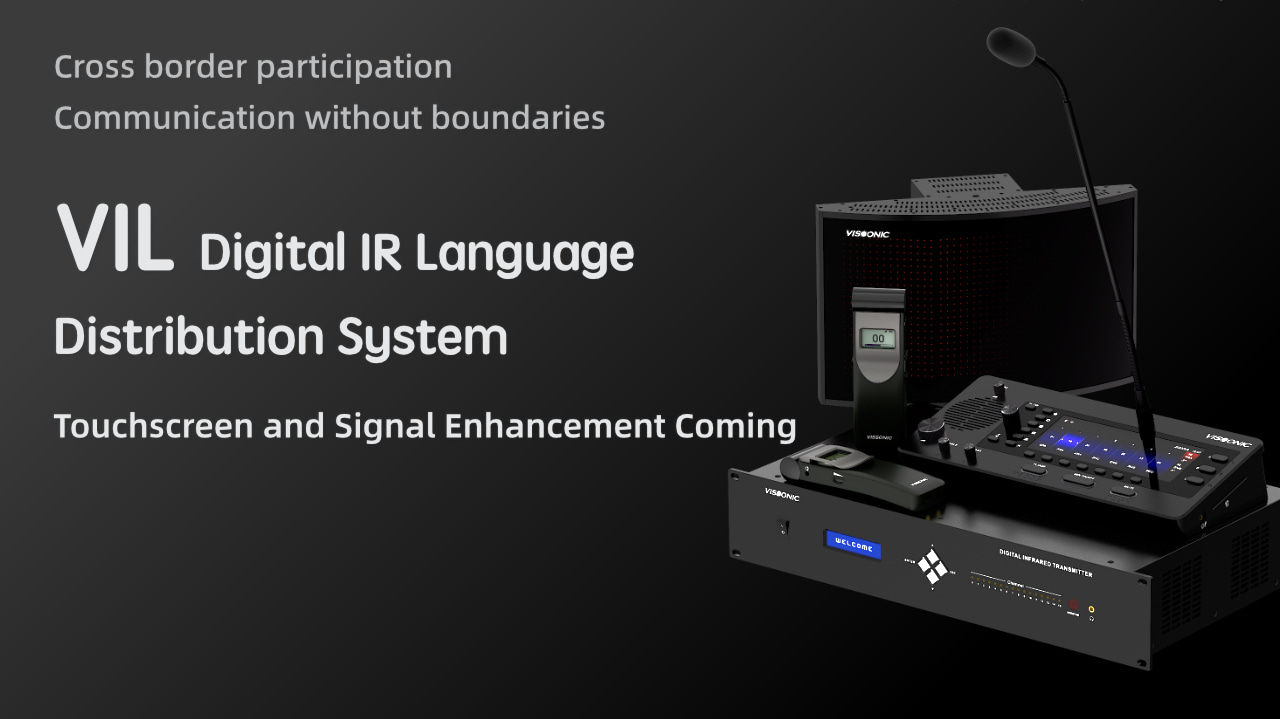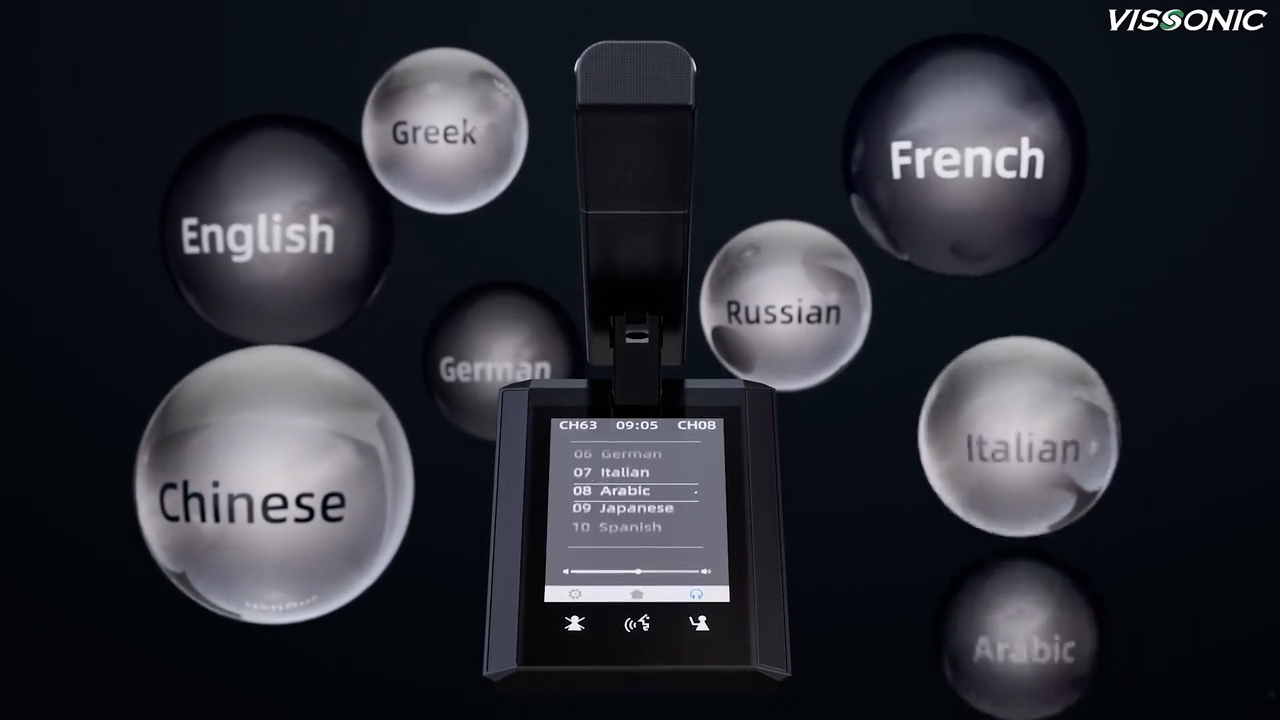Wireless Wi-Fi Conference System Market Analysis
The rise of digital communication tools has revolutionized the way businesses, educational institutions, and organizations conduct meetings, conferences, and collaborative sessions. Among the innovative solutions that have become indispensable in today’s fast-paced world is the **wireless Wi-Fi conference system**. This advanced technology offers flexibility, convenience, and efficiency for conducting meetings without the need for complex wiring or technical setup. This article provides a detailed analysis of the wireless Wi-Fi conference system market, its trends, drivers, and challenges, along with key insights into how this market is evolving.
1. Introduction to Wireless Wi-Fi Conference Systems
A wireless Wi-Fi conference system enables high-quality audio and video conferencing by leveraging Wi-Fi connectivity, eliminating the need for traditional wired systems. These systems typically include microphones, speakers, cameras, and central management units, all integrated seamlessly into a wireless network. By using Wi-Fi, conference systems can offer greater mobility, easier setup, and the ability to scale according to the size of the meeting space.
These systems are widely used in corporate boardrooms, educational institutions, government meetings, and other professional settings where seamless communication is essential. They allow for video conferencing, presentation sharing, real-time collaboration, and efficient communication across teams located in different geographic locations.
2. Key Market Drivers
Several factors are driving the growth of the wireless Wi-Fi conference system market. The key drivers include:
2.1. Growing Demand for Remote Collaboration
The increasing trend toward remote work and distributed teams has amplified the need for effective virtual collaboration tools. Companies are adopting wireless Wi-Fi conference systems to bridge the gap between remote teams and ensure smooth communication. These systems provide high-definition audio and video capabilities, enabling clear and effective discussions across distances. The shift to hybrid work models and virtual meetings is a significant contributor to the market’s growth.
2.2. Advancements in Wi-Fi Technology
Advancements in Wi-Fi technology, including the rollout of Wi-Fi 6 (802.11ax), have greatly improved the performance and reliability of wireless networks. These innovations have increased the capabilities of wireless conference systems, allowing them to handle higher data throughput, better connection stability, and more simultaneous devices without degradation in performance. As Wi-Fi networks become faster and more reliable, the demand for wireless conferencing solutions increases.
Wireless Wi-Fi Conference System
2.3. Cost-Effectiveness and Scalability
Wireless Wi-Fi conference systems offer businesses the flexibility to scale their conferencing infrastructure without heavy investments in cabling and hardware. This makes them a cost-effective solution for both small startups and large enterprises. Additionally, wireless systems are easier to set up and maintain, reducing installation time and long-term operational costs. The growing adoption of cloud-based solutions also makes wireless conferencing systems even more accessible to businesses of all sizes.
2.4. Increased Focus on Mobility
The need for mobility is driving demand for wireless conference systems. With the ability to easily move devices within meeting spaces and connect to networks wirelessly, users can enjoy enhanced mobility and freedom during meetings. This is particularly important for organizations that have multiple meeting rooms or frequent on-the-go executives who require flexible communication tools.
2.5. Rising Adoption of Video Conferencing
Video conferencing has become a cornerstone of modern business communication. The COVID-19 pandemic accelerated the adoption of video conferencing tools, and this trend continues as businesses prioritize hybrid and remote work environments. Wireless Wi-Fi conference systems enable seamless video conferencing by offering high-definition video streaming and eliminating the need for wired connections, which can be cumbersome and restrictive.
3. Key Market Trends
Several trends are shaping the wireless Wi-Fi conference system market:
3.1. Integration with Cloud and IoT
As businesses increasingly rely on cloud-based platforms and Internet of Things (IoT) devices, wireless Wi-Fi conference systems are integrating with these technologies. Cloud-based conferencing platforms enable businesses to store meeting recordings, share files in real-time, and collaborate on documents. Additionally, IoT-enabled devices, such as smart microphones and cameras, enhance the overall user experience by offering better quality and intelligent automation.
3.2. AI-Powered Conferencing
Artificial Intelligence (AI) is making its way into the conferencing world. AI-powered systems can automatically adjust audio levels, optimize video quality based on available bandwidth, and even provide real-time language translation for global teams. These systems can also detect and eliminate background noise, ensuring clear communication during virtual meetings.
3.3. Enhanced User Experience
To cater to a more demanding and tech-savvy workforce, wireless Wi-Fi conference systems are increasingly focusing on improving the user experience. This includes intuitive interfaces, voice-activated controls, easy-to-use mobile apps, and better integration with third-party software (e.g., Microsoft Teams, Zoom, Google Meet). By improving usability, businesses can enhance meeting productivity and reduce the learning curve for new users.
3.4. Rising Use of Hybrid Meetings
The hybrid work model, where employees work both from home and the office, is pushing the need for versatile meeting solutions. Wireless Wi-Fi conference systems are well-suited to hybrid meetings, where some participants join in person, and others connect remotely. These systems allow seamless integration between physical meeting rooms and remote participants, creating an inclusive and collaborative environment for everyone involved.
3.5. Demand for Customization
As organizations increasingly demand personalized solutions, many wireless conference system manufacturers are offering customizable options to suit the specific needs of businesses. From tailored sound systems to customized layouts and integrations, businesses are looking for systems that can be fine-tuned to their meeting environments and collaboration workflows.
4. Key Market Challenges
While the wireless Wi-Fi conference system market is growing rapidly, there are several challenges that businesses must address:
4.1. Security Concerns
As with any wireless technology, security remains a top concern. Wireless conference systems are vulnerable to hacking, data breaches, and unauthorized access, which could compromise sensitive information discussed in meetings. Ensuring strong encryption, multi-factor authentication, and regular security updates are essential to mitigate these risks.
4.2. Network Reliability
Network reliability is critical to ensuring uninterrupted communication during meetings. Poor Wi-Fi connectivity, network congestion, or bandwidth limitations can negatively impact the quality of audio and video in a conference. Businesses must invest in high-quality routers, robust Wi-Fi networks, and support for Wi-Fi 6 to ensure that their conference systems operate reliably under all conditions.
4.3. Compatibility with Existing Infrastructure
Integrating wireless Wi-Fi conference systems with existing infrastructure, such as AV equipment, collaboration software, and communication platforms, can be complex. Businesses need to ensure that new systems are compatible with their current technology stack, which might require additional investment in upgrading legacy equipment or software.
5. Future Outlook
The wireless Wi-Fi conference system market is poised for strong growth, driven by the increasing demand for remote collaboration, advancements in Wi-Fi technology, and the shift toward hybrid work models. As more businesses embrace digital transformation, the need for flexible, scalable, and reliable conferencing solutions will continue to rise. Key players in the market are expected to focus on innovation, integration with cloud platforms, and the adoption of AI to enhance the user experience.
In conclusion, wireless Wi-Fi conference systems offer immense potential for businesses seeking to improve communication, increase productivity, and support remote collaboration. By addressing challenges such as security and network reliability, businesses can harness the full benefits of these advanced conferencing solutions.













